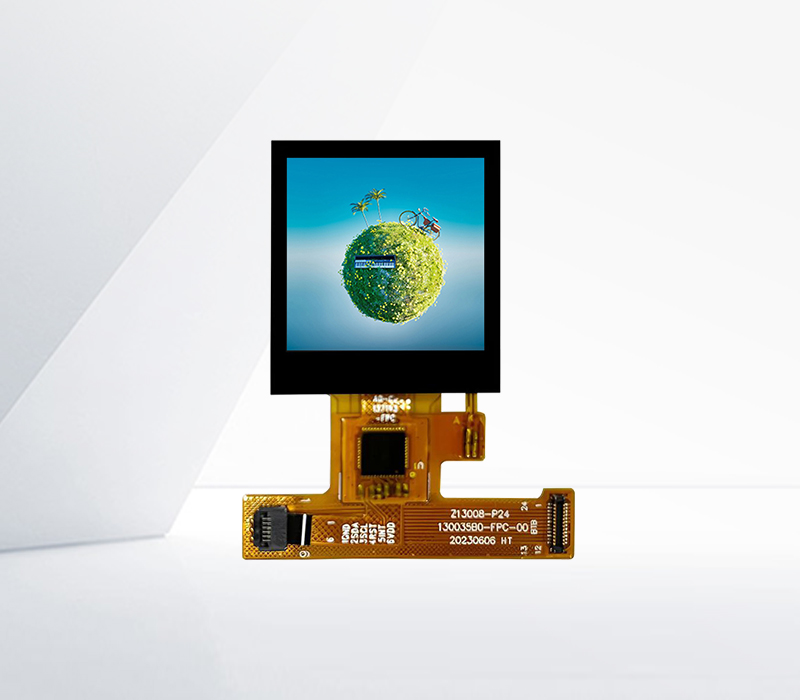




LCD (Liquid Crystal Display) and OLED (Organic Light - Emitting Diode) are two popular display technologies, each with its own set of advantages and disadvantages.
LCDs rely on liquid crystals to control the passage of light from a backlight source. In contrast, OLEDs have self - emissive pixels. Each OLED pixel is made up of an organic compound that emits light when an electric current is applied. This fundamental difference leads to several notable distinctions.
One of the most significant differences is in contrast ratio. OLEDs can achieve extremely high contrast ratios because each pixel can be turned off completely, resulting in true blacks. In LCDs, even with the best - performing panels, there is still some light leakage from the backlight, which limits the contrast ratio. This makes OLEDs ideal for applications where deep blacks and high contrast are crucial, such as in high - end televisions and mobile devices for a more immersive viewing experience.
Response time is another area where OLEDs have an edge. Since OLED pixels can turn on and off almost instantaneously, they have a much faster response time compared to LCDs. This results in minimal motion blur, making OLEDs better suited for fast - paced content like action movies and high - speed gaming.
Power consumption varies depending on the content being displayed. In LCDs, the backlight is constantly on, consuming power regardless of the image content. In OLEDs, pixels that display black do not consume power as they are turned off. So, for content with a lot of black areas, such as night - time scenes or dark - themed user interfaces, OLEDs can be more energy - efficient. However, for bright, white - dominated content, LCDs may consume less power due to the more efficient use of the backlight.
In terms of cost, LCDs are generally more cost - effective to manufacture, especially for large - scale production. This is because the manufacturing process for LCDs is more mature and has economies of scale. OLEDs, on the other hand, are still relatively expensive to produce, although the cost has been gradually decreasing over time. In summary, the choice between LCD and OLED depends on factors such as the importance of contrast ratio, response time, power consumption, and cost in a particular application.
